In addition to the normal pool chlorination, my pool uses an ozone generator and injection system originally manufactured by Del Ozone but has been modified over almost twenty years with improvements of my own (for examples of ozone systems for pools see Residential Pool Sanitation | Pool Ozone Generators by DEL ).
The system has been in use for many years but over time it has problems with clogging the needle valves on the ozone distribution manifold. The needle valves become clogged over time due to too much water in the compressed air and ozone mixture. We live in Southern California where the relative humidity is low but the accumulation of water occurs on the days with foggy mornings.
I solved the problem by building a small water trap similar to those used for air compressors. The ozone version uses stainless steel and silicone o-rings that are far less reactive with the ozone. The design used a double set of o-rings where the first o-ring blocks the o-zone from coming into direct contact with the second o-ring. The silicone o-rings are better suited for exposure to o-zone than the ordinary Buna o-rings. The 316 stainless steel fittings are made by Swagelok.
Below are photos of the complete installation and construction.
The ozone generation system uses a u-shaped high intensity UV lamp (housed in the aluminum housing with three bolts) and a small Gast compressor (housed in the blue powered coated enclosure ) to activate the compressed air with ozone.
On the right is the water trap and on the left a manifold with five stainless steel needle valves. I replaced the plastic needle valve knobs by making knurled stainless 303 knobs press fit onto the needle valve stems. The check valve above the manifold ensures the compress ozone can build-up pressure in the pool and spa injection pipes, and the piping is connected to bubble diffusers at the bottom of the pool ans spa water for generating very fine bubbles into the water columns of the pool and spa.
Assembled trap for the compressed ozone and air mixture. The 316 stainless steel fittings are from Swagelok.
Parts of the water trap are machined from 6061-T5 aluminum and 3/8" 316 stainless steel tubing. The end caps use silicone o-rings and held in place with 4-40 stainless steel button head screws. With 20-20 hindsight, I should have placed the button head screws on the right and left sides of the trap so I could remove the trap without having to disconnect the compressed tubing fittings to access the button head screws at the rear.
Detailed view of the end caps with 3/8-18 NPT to 3/8" compressed tubing 316 stainless fittings.
Parting off the end cap after machining the o-ring grooves with a Nikcole insert grooving tool.
Hand tapping the 3/8-18 NPT threads in the lathe chuck with the end cap held in an aluminum ring to prevent damage to the o-ring grooves. If I did this again, I would have pre-machined the taper in the pipe thread hole using the lathe compound to make taping easier and machined the end in the other direction.
Machining the o-ring grooves with a 0.050" wide AR Warner insert grooving tool in a Nikcole tool holder and offsetting the tool for the correct o-ring groove.
Setting up the hole offset for drilling and boring the second 3/8-18 NPT thread hole.
Nighttime view of one of the ozone diffusers bubbling the ozone into the water column. The ozone is very active and bounds with organic impurities before reaching the water surface. The pool bottom is pure white plaster and very clean but in the night photo appears with a gray-green tone.
Thank you for looking,
Paul Jones



 LinkBack URL
LinkBack URL About LinkBacks
About LinkBacks
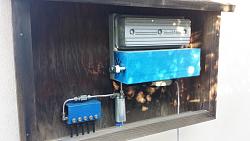
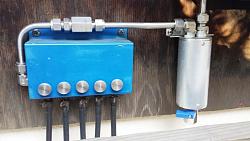
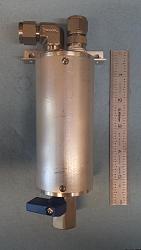
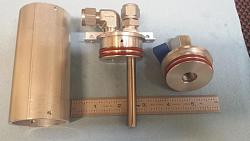
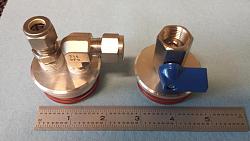
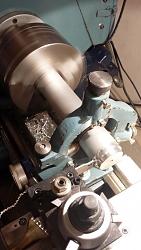
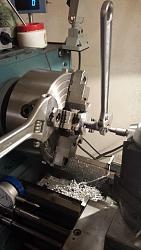
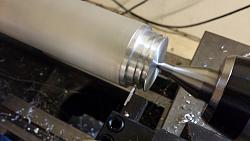
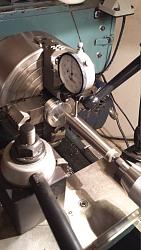
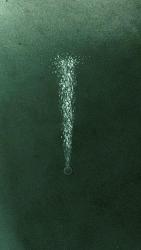


 Reply With Quote
Reply With Quote


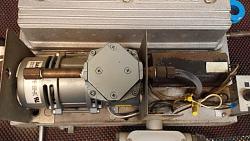




Bookmarks